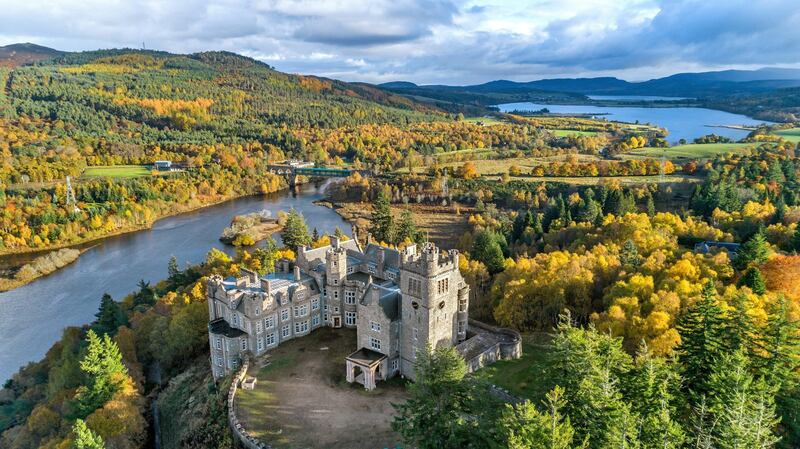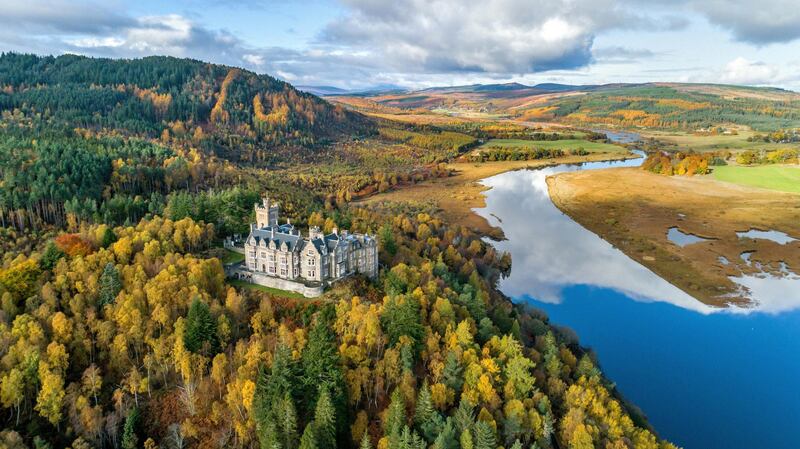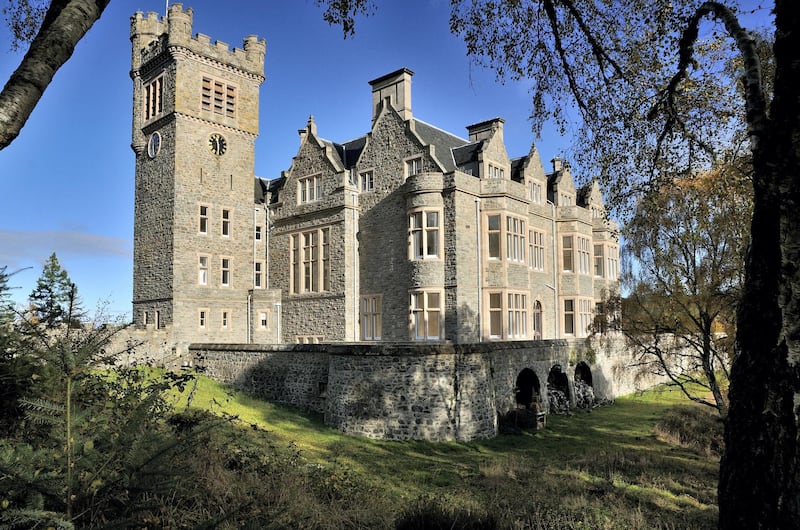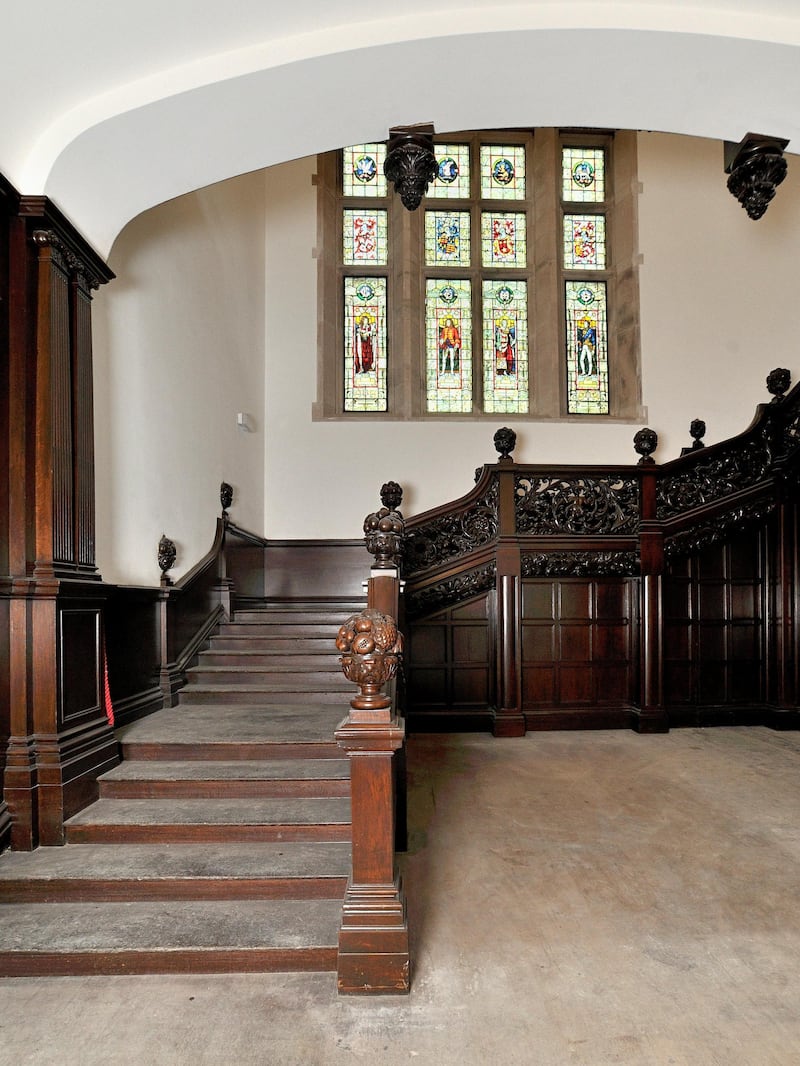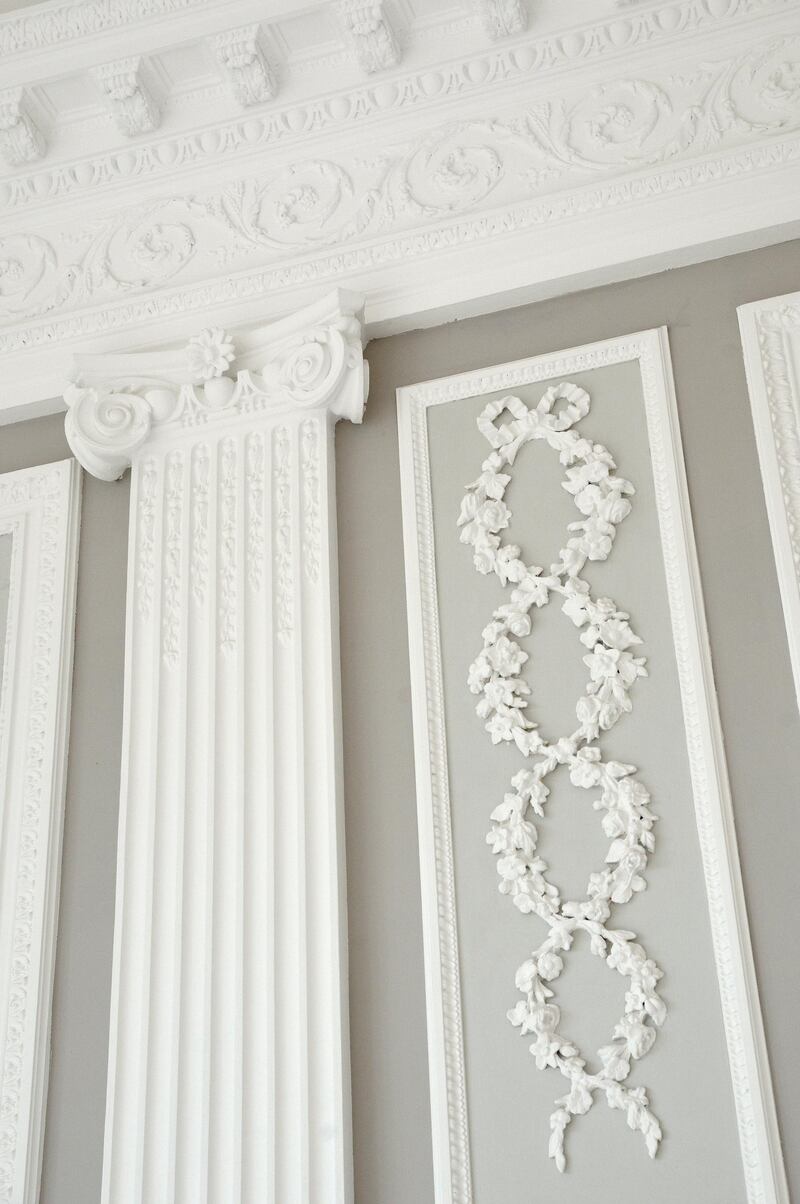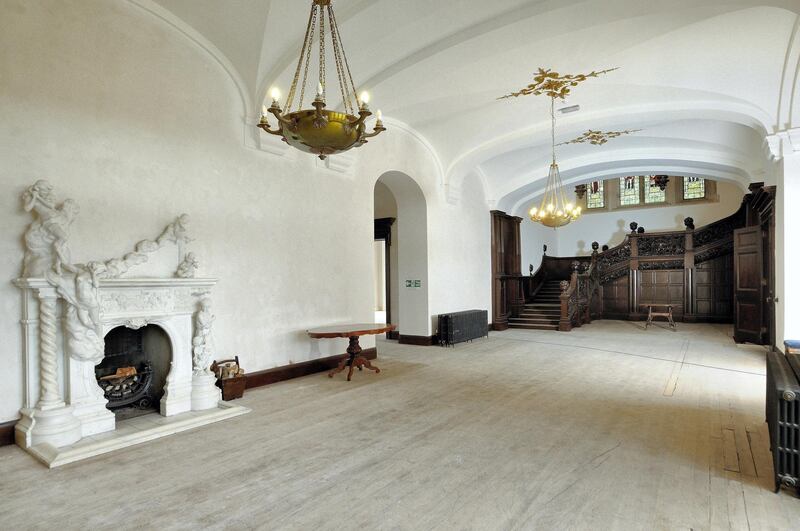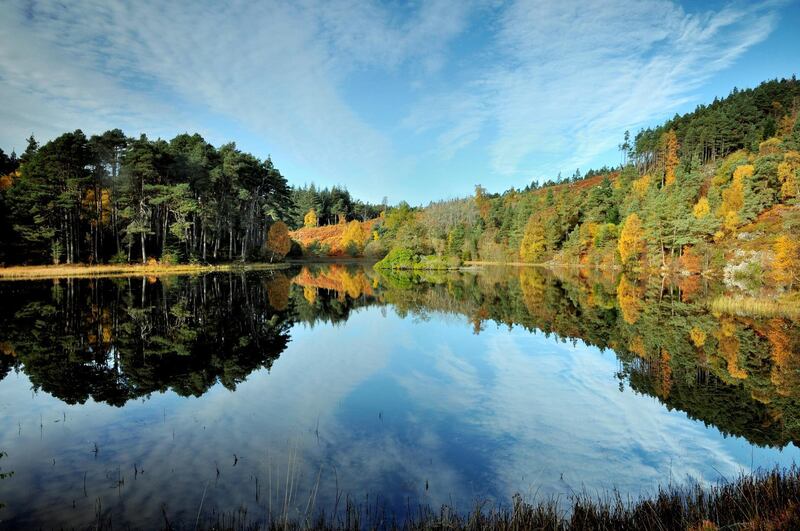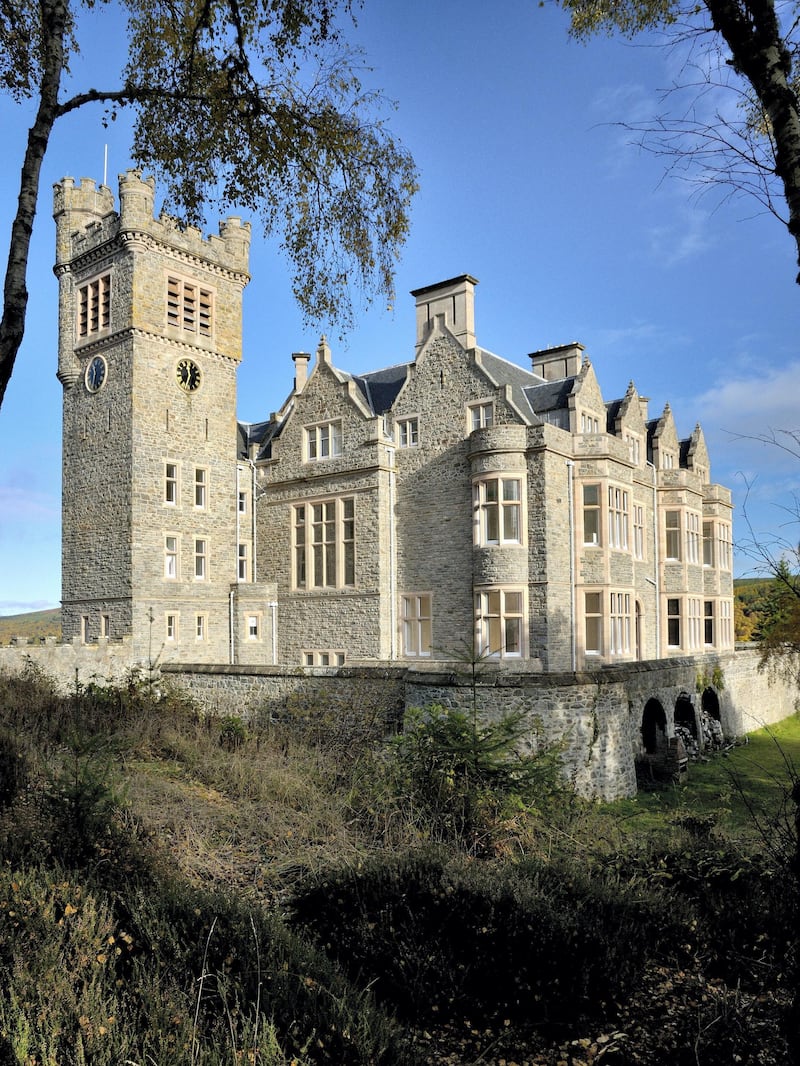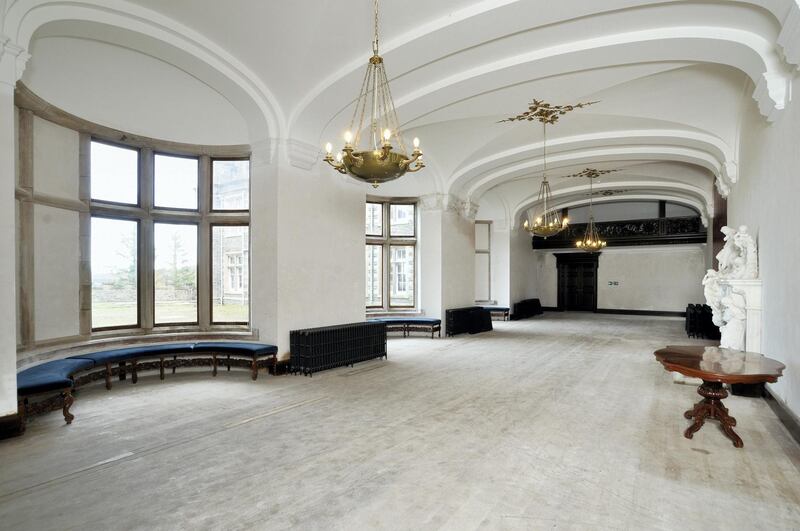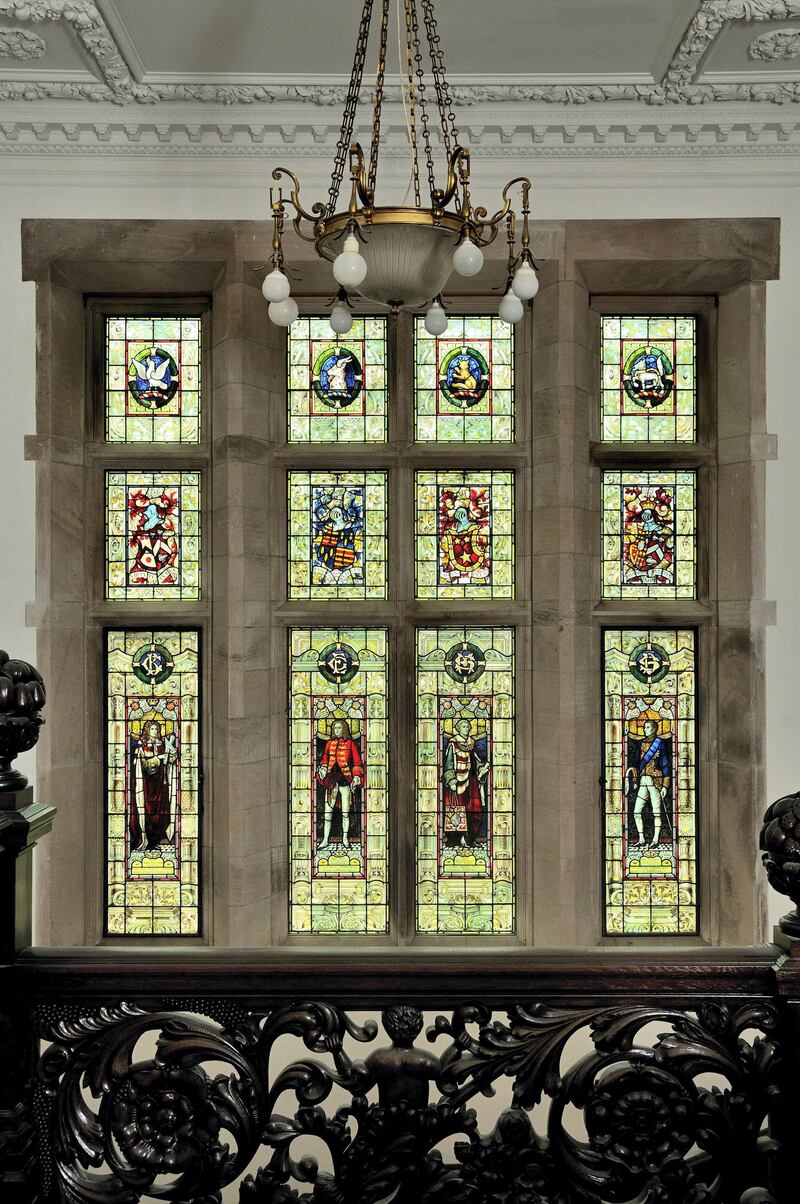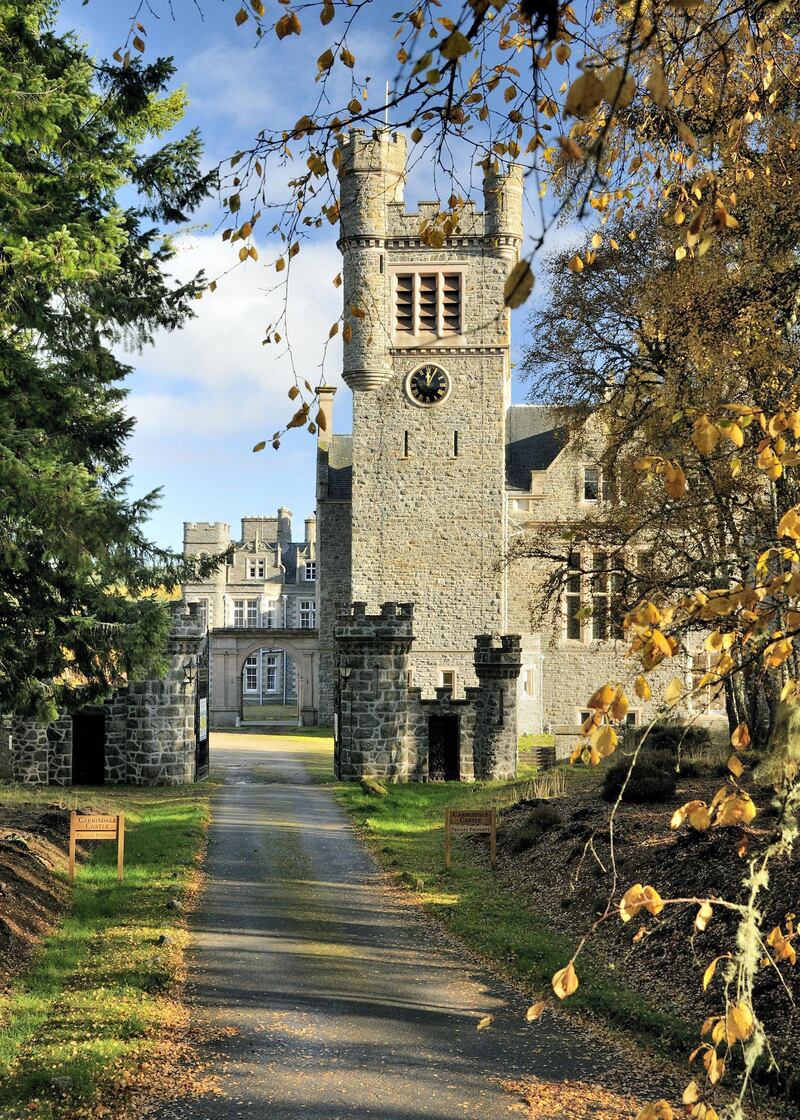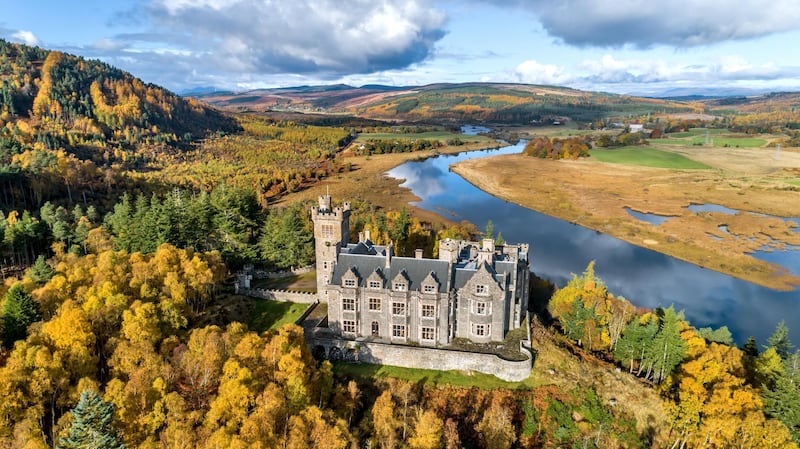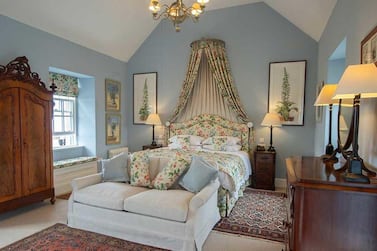A historic castle in the Scottish Highlands has gone up for sale, listed as a "world-class development opportunity".
Carbisdale Castle in Sutherland is located in the UK's north-western extremity. Perched on a hilltop with views over the Scottish countryside and the Kyle of Sutherland rivers, the nearly 4,000-square-metre castle was built in the early 1900s.
Originally commissioned for Mary Caroline, Duchess of Sutherland, the castle is said to be the last built in Scotland. Over the years, it has served many purposes, including providing refuge to a Norwegian king and operating as a youth hostel for travellers.
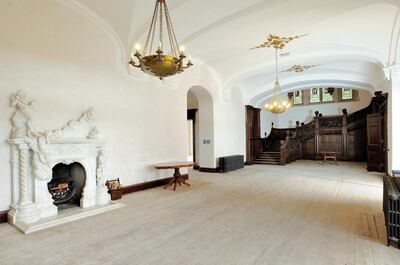
The current owner is partway through plans to renovate the building back to a private residence, but is now offering the project for sale. The Grade B-listed Baronial-style castle is on the market for offers of more than £1.5 million ($2.11m).
For that price, buyers will enjoy an L-shaped mansion with approved planning permission to reinstate the castle to its former glory. Plans cater for 19 en-suite bedrooms, five reception rooms, a cinema, office, self-contained apartment, catering kitchen and a spa facility with a swimming pool, therapy treatment rooms and a fitness suite.
"Carbisdale Castle is an iconic building with really rich and notable history. The property today can be viewed as a 'blank canvas' of almost 42,000 square feet of internal accommodation, enabling a buyer to take the property in whatever direction they prefer," says Robert McCulloch of property agency Strutt & Parker.
"That could be as a private home, a commercial venture [for example hotel or holiday apartments], or a mixture of both, subject to the appropriate consents."
The castle has ornate interiors with Baroque chimney pieces, wide staircases with Tudor balustrades, Jacobean plaster ceilings and original break-front bookcases.
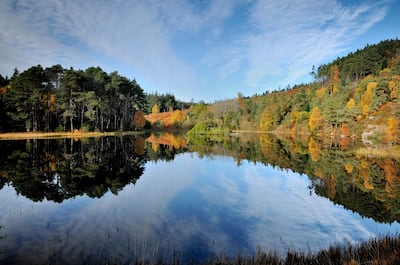
An Adamesque drawing room on the first floor has fine panelled doors, moulded door frames and ornate plaster ceilings. The mansion also has bay windows, parapeted wall heads and gabled dormers.
Outside, there is a winding driveway leading to a large entrance court flanked by circular stone pillars and about 20 acres of land.
"The castle grounds include a loch fringed by native woodland, which is of outstanding natural beauty; it's a haven for wildlife and amplifies the amenity of the property," says McCulloch.
A scandalous history and haunted past
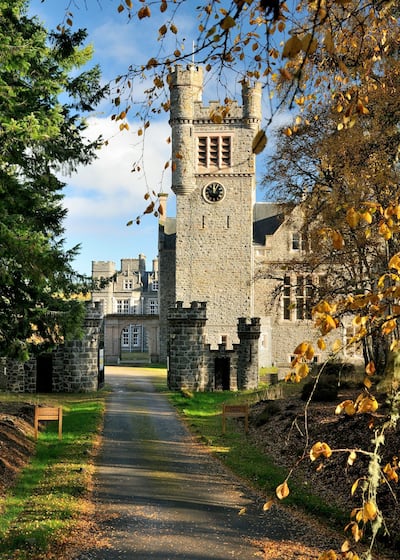
Scotland's youngest castle was originally commissioned by the Duchess of Sutherland, who was noted as the inspiration for Oscar Wilde's A Woman of No Importance.
After her second husband, the third Duke of Sutherland, died, the duchess broke tradition by meddling in his will and destroying paperwork. She was subsequently imprisoned for burning family documents.
After her release, the duchess came to a settlement agreement with her late husband's family, which included permission to build a castle so long as it was situated outside the Sutherland family estate.
The duchess chose the site of Carbisdale Castle and insisted the building had a huge square clock tower visible to a large part of Sutherland. This structure has clock faces on three sides, but the fourth has always been empty.
Legend has it that the estranged duchess requested no clock face was placed on that facade as it overlooked her late husband's family estate, and she did not want to give them the time of day.
Like every good Scottish castle, Carbisdale also has plenty of ghost stories. Several hauntings, including by a woman dressed in white and known locally as "Betty", are linked to the castle. In its time as a youth hostel, the Scottish Youth Hostel Association dubbed one of the top-floor bedrooms the "spook room" because of regular ghost sightings, the BBC reported.
What's the neighbourhood like?
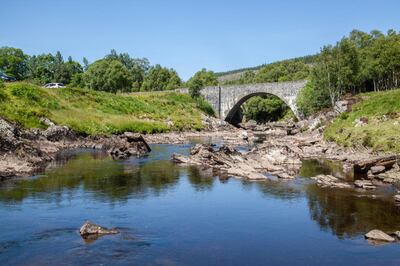
The Kyle of Sutherland rivers, which enter tidal waters below Carbisdale Castle, include Oykel, Cassley, Shin and Carron, and the castle benefits from a wealth of fishing available on each of these rivers.
Another local attraction is the Shin Falls, where leaping Atlantic salmon are a common sight. The region is also famous for its wildlife, with red deer, sea eagles, ospreys, pine martens and red squirrels frequenting Carbisdale. Outdoor adventure enthusiasts have endless scenic walks, treks and climbing opportunities with nearby munros including Ben More Assynt, Ben Armine and Ben Wyvis.
Where is Sutherland?
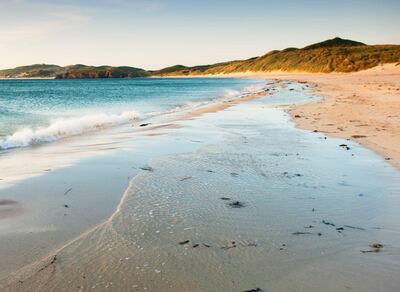
Sutherland is located in a part of the Scottish Highlands that has been dubbed Europe’s “last great wilderness".
The region has dramatic north-western scenery where the mountains meet the sea. It's scattered with fishing communities, golf courses, castles, archaeological wonders and quaint harbours, and is known for unspoilt landscapes and seascapes, with stretches of sand rivalling foreign beaches.
It also makes up a large part of the North Coast 500, Scotland's ultimate road-trip destination and one of the most scenic road journeys in the world.
